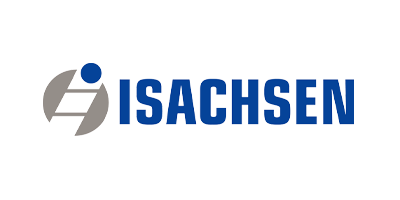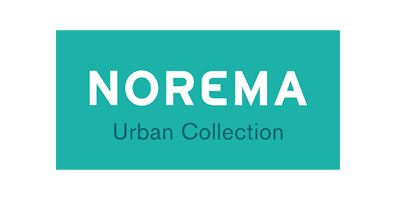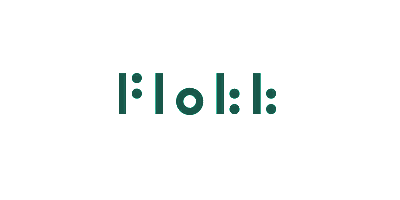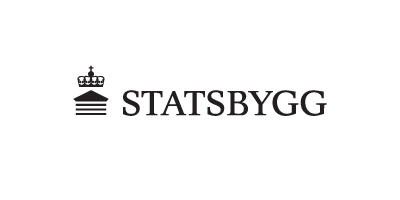(*) The ‘museum city’ demands perpetual maintenance, while the ‘city of the future’ resides where construction sites stand today but not tomorrow. These scenarios shape a diverse range of similar factors that influence the environment and culture.
Temporary yet ever-present elements, like cranes on the horizon, vibrant attire, unexpected sounds and languages, and tons of waste, serve as prime examples. The encounter between the city and its construction sites fluctuates from place to place, manifesting and vanishing worldwide, like an almost unpredictable living organism, though not entirely so. The thickness of each border varies in space and time, yet its minimal representation often appears as a thin line on blueprints, or as fences at construction sites. On both sides of these divisions, within defined time periods, spaces of diverse sizes, shapes, and conditions emerge—unused by the construction site or the city—some of which may even be accessible and safe. The undefined nature of these encounters invites reflection on the future ahead, as well as on processes, the right to the city, our involvement in community development, and the exploration of diverse dichotomies such as: present/future, temporary/permanency, private/public, imagination/concretion, accessible/restricted, rough/delicate, local/foreign, reality/fiction, to name a few.
Nothing is categorically demanded from these encounters beyond a safe relationship. The city considers them negatively and attempts to overlook their existence, anticipating the completion of the construction process. Indeed, not unexpected are the customary pledges that validate the waiting period, presented as showrooms and/or rendering images with models of the promising ‘bright’ future—a symbolic carrot to pursue, usually marked by a strikingly diverse and vibrant density, fostering various forms of leisure, especially on sunny summer days.
When guilt is present, borders are employed for utilitarian pseudo-artistic initiatives, which ultimately should serve decorative purposes, mitigating ‘any inconvenience’ caused during the transformation process. Thus, whatever occurs outside this constraining framework of ‘entrepreneurs’ and governmental spheres may become a true present for the city,
regardless of its duration and characteristics.▪
- Home
- æ Series
æ Series
antipodes café Series
Since 2013, antipodes café (æ) recons specific moments in the encounter of the city and its construction sites (*), conceiving an eponymous series of singular, context-specific temporary comments presented as interventions, which can be differentiated into two main groups, each totally independent of the other but both exploring the café through its antipodes.
Venues related to the æSeries are usually built spaces that can be perceived as sculptural installations, camouflaged in a particular time and space with shapes proper to construction sites but presenting subtle singularities. Opening hours, communication, and program are defined by the context. Venues can go unseen and tend to last several weeks, months, or even years in the same location. In addition, they can be moved from one encounter to another.
On the contrary, Situations are momentary ambiences of life; specific transient urban experiments devised with a greater level of independence from the context and venues, lasting
a period between dreams or just a few hours, as unprejudiced empirical presents to the city of the future. Materializing freedom means beginning by appropriating a few patches of the surface of a domesticated planet.▪
Venues:
Situations:
SUPPORT / Apoyo
 |
Land (2017-2019) | |||
 |
Grant 2016 | Montage (2017) | ||
 |
Frivillig aktivitet 2018 Frivillig aktivitet 2020 |
uteStue (2018) visits by Kindergartens (2020) |
 |
Paint materials | |||
 |
2017 -2019.09 | Coffee&Tea materials |
||
| Flokk | Outdoor chairs |
| VEDAL AS | |||
| Institut français de Norvège | |||
| Scandinavian Business Seating |
| Gunnar Moen | |||
| Juan Manuel Alonso | |||
| Oslo Fjord Sauna |
æKjøkken is an noncommercial cultural initiative developed as a clear example of RESHOW in action.
It includes debris materials from diverse exhibitions:
| Outdoors | show/date | place |
| Yellow steel mesh (fence door) | Oslo Architecture Triennale 2016 | DOGA · Design og arkitektur Norge |
| White bamboo (fence and pergola over stair) | Utestemme/Outdoor Matters – A Sensory Exhibition About Landscape Architecture | Nasjonalmuseet – Arkitektur |
| Construction timber (stair, terrace) | Instalasjon på arkitekthøgskolen, 2019 | Arkitektur- og designhøgskolen i Oslo (AHO) |
| Several screws | (recollection: 2014) | Henie Onstad Kunstsenter |
| Several screws | Stakkars Oslo, 2014 | DOGA · Design og arkitektur Norge |
| birdhouse (entrance) | KLIMALAB, 2019 | Nobel Peace Center |
| oil barrel (terrace) | KLIMALAB, 2019 | Nobel Peace Center |
| doormat (terrace) | (recollection: 2018) | DOGA · Design og arkitektur Norge |
| Indoors | ||
| paper ( window and floor protection during montage) | recollection 2018 | DOGA · Design og arkitektur Norge |
| rubber (floor protection) | ||
| timber (floor installation) | Instalasjon på arkitekthøgskolen, 2019 | Arkitektur- og designhøgskolen i Oslo (AHO) |
| wooden floor | Oslobiennale 2019* -this material was given via RESHOW to Oslo Fjord Hage, later to Oslo Fjord Sauna and then we asked for some rests of what they weren't going to use.– | Myntgata 2-kvartalet |
| plywood plates (walls) | Oslo Architecture Triennale 2019 | ROM for kunst og Arkitektur |
| acrylic (entrance wall) | Exit, 2019 | Munchmuseet |
| OSB wood (base for acrylic wall) | (recollection 2019) | Munchmuseet |
| wood (bench) | Oslo biennale 2019 | Myntgata 2-kvartalet |
| lights | æGalleri 2013 & æDEG15, 2016. | antipodes café |
| 2 halogen bulbs 10º | (recollection: 2019) | Nasjonalmuseet |
| industrial felt (drawers, coasters and placemats) | "Et sted å være." 2017, 2019 | Nasjonalmuseet – Arkitektur |
| Kitchen furniture -isle- (base, not the counter) | NOREMA show room | NOREMA |
| grey bar chairs | FLOKK show room | Flokk |
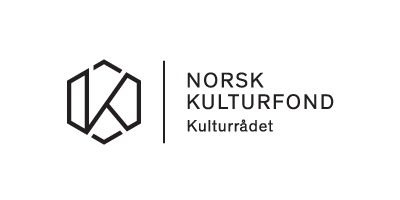 |
Project Support (2017.06) |
Research for locations: 2018 |
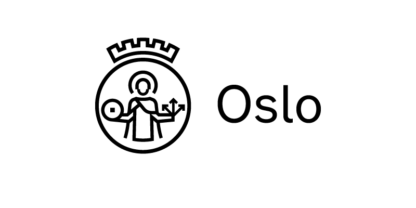 |
Allowance to use areas related to constructions – free of charge. |
Plots: |
| Bymiljøetaten | Bilfritt byliv | Grev Wedels plass 1b, 2018.11 – 2019.08 |
| Bymiljøetaten | Jordal Idrettspark |
Jordalgata 16, 2019.09 – 2020.08 |
 |
Grev Wedels Plass 1b Jordalgata 16 |
2018-2019 2019-2020 |
| Skaaret | Jordalgata 16 | 2019-2020 |
| VIF Hockey | Jordalgata 16 |
2019-2020 |
| Agro Anlegg AS | Grev Wedels Plass 1b | 2018-2019 |
 |
æDEG15 storage |
2016 2016-2018 |
| VEDAL AS | æDEG15 storage |
2016 2016-2018 |
 |
Engraved cornerstone æBod |
|
| RESHOW/OAT | ||
| Support: | ||
| Oslo Architecture Triennale 2019 |
||
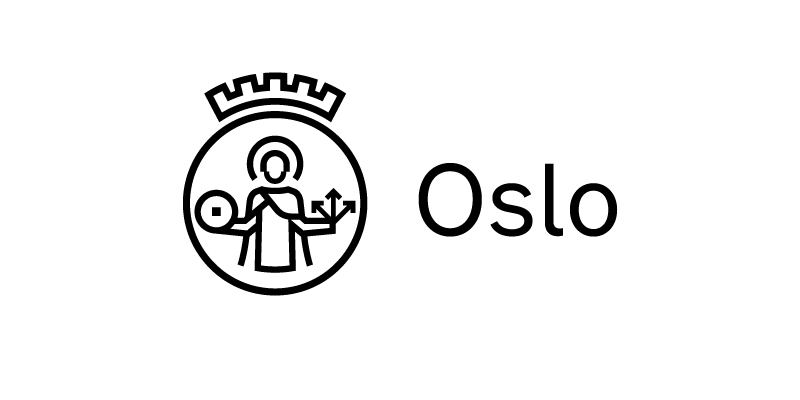 |
Byrådsavdeling for kultur, idrett of frivillighet Tredje Løpende tildeling av tilskudd till kunst- og kulturtiltak |
|
| PINTXO POSTER | ||
| Thanks: | ||
| Wooden plates from former signal system of Tabakalera, were reused at the exhibition "Pintxo Poster" (April 2019, Lantoki, Tabakalera, Donostia) | ||
|
Kraft paper–debris from DOGA–reused for two information signs at the exhibition. | |
| PILOT EXPERIENCES | ||
| Thanks: | ||
|
||
- Amauri Champeaux (WPMobile.app )
- UkrSolution (Barcode Generator for Wordpress)
- Basurama (Madrid)
- Gunnar Moen (Oslo)
| Local (DEG16, Barcode, Oslo) |
 |
|
 |
|
 |
|
 |
 |
|||
 |
Programme for the Internationalisation of Spanish Culture; Mobility grant |
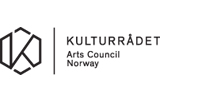 |
Diversestipend 2016 |
 |
Frivillighetsmidler 2016 |
| VEDAL AS |
| MarBre Elektro AS |
| Pulp Grafisk AS |
| Vigeland Museum |
| Norsk Design og Arkitektursenter |
| Institut français de Norvège |
| Det Flerespråklige bibliotek |
| Sporveien Trikken |
| Sukkerbiten |
| Kulturhuset i Oslo |
| Segundo Intento (UY) |
| Oslo Petanque Club |
| Thon Hotel Opera |
| Oslo Pride |
| Visit Oslo |
| Valrhona |
| Oslo Architecture Trienale – Extended Program |
| Jacopyright Font |
| Losæter |
| Herbanists |
| Høydespesialisten AS |
| Juan Manuel Alonso (UY/IT) |
| Alvaro Miranda (SL/NO) |
| Aitor Iturralde (ES_PV) |
| Marcelo Díaz (UY/ES_PV) |
| Alejandro Torre (UY) |
| Stefan Schröder (DE/NO) |
| Svein G. Kjøde (NO) |
| Synøve Flobak (NO) |
| Sunniva Mellbye (NO) |
| & |
| All participants, visitors and neighbours! |
| Land (DEG15, Barcode, Oslo) |
Thanks:
- Synøve Flobak (NO)
- Alberto Nanclares (ES)
- Marcelo Vidal (UY)
- Antonela Arismendi (AR)
- Mya Ferrando (UY)
·
THANKS:
- Turist i egen by
- Solberg & Hansen
THANKS:
- Oslo Kommune, Bymiljøetaten, Bilfritt byliv
- Veidrift AS
 |
Frivillig aktivitet 2018 | |||
| Land (Bispevika, Oslo) |
 |
Engraving | |||
| Land (Bispevika, Oslo) |
Thanks:
- VEDAL
- AF
- Veidrift AS
Thanks
- Pfelder
- Flügger farve
Thanks:
- Sporveien Trikken
- OSU
- Oslo Petanque Club


Thanks
- Basurama
- OSU
- Flügger farve
- DogA
Thanks
Concert for machines #1
- Fernando Lagreca
- Thon hotels Opera
- Irregular records
- Borowiak Photography
- OSU
Concert for machines #2
- Dani Umpi (UY/AR)
- Sukkerbitten
- Kulturhuset i Oslo
- Høydespesialisten AS
- Thon Hotel Opera
- Contrapedal Records
- Syd Krochmalny
- Alvaro Miranda
- Borowiak Photography
- Jens Bastian Aamodt
- Michael Aspli
- Dina Elvehaug
- Bodil Hindrum
- Ornilia Percia Ubisse
- Elin S. Johansen
- OSU
Concert for machines #3
- Elli Medeiros (UY/FR)
- OSU
Concert for machines #4
- Ohnesorg (NO)
- OSU
 |
Frivillig aktivitet 2016 |
Thanks
- Losæter
- Herbanists
- Juan Manuel Alonso (UY/IT)
- Sunniva Melbye (NO)
- Debbie Scanlan (UK)
- OSU
- and all visitors ♥♥♥
Thanks
- OSU
- Vedal As
- Oslo Kommune, Kulturetaten, Kulturnatt 2015

